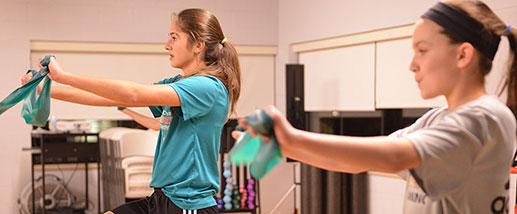Elevate Your Summer Experience: Your Complete Warm Weather Family Guide
April 7, 2024By: Manuj Rattan, MD
Categories: Children's Health, Community Health, Health and Wellness
Sun Protection
- Sunscreen: Use a broad-spectrum sunscreen with at least SPF 30 and reapply every two hours or after swimming or sweating. Also, make use of hats and sunglasses for added protection.
- Avoid Peak Sun Hours: Try to avoid the sun when it's at its strongest, typically between 10 a.m. and 4 p.m.
- Dress Appropriately: Dress your child in light, long-sleeved shirts and long pants.
Water Safety
- Keep a Watchful Eye: Drowning is a leading cause of injury death for children. Never leave children unattended near water.
- Use Life Jackets: Use for children and others who are not strong swimmers, especially in natural bodies of water. Do not rely solely on swimming aids such as water wings or noodles.
Insect Bites/Stings
- Bug Spray: Use insect repellent and encourage your child to wear long sleeves and pants when in wooded areas to protect against ticks.Check for ticks after spending time in wooded or grassy areas.
- Managing Allergic Reactions to Insect Stings: Symptoms can include hives, itching and swelling in areas other than the sting site, difficulty breathing, dizziness, stomach cramps, nausea or diarrhea. If your child is known to have severe allergic reactions and has an epinephrine autoinjector (EpiPen), use it immediately and then call emergency services.
Outdoor Activity Safety
- Make sure your child wears a helmet when biking, skating or skateboarding.
- Check playground equipment before use to ensure it's not too hot.
Travel Vaccinations
- If you're planning to travel, additional vaccinations may be required depending on the destination. These can include Hepatitis A and B, Typhoid, Yellow Fever and others. Check with your healthcare provider or local travel clinic.




